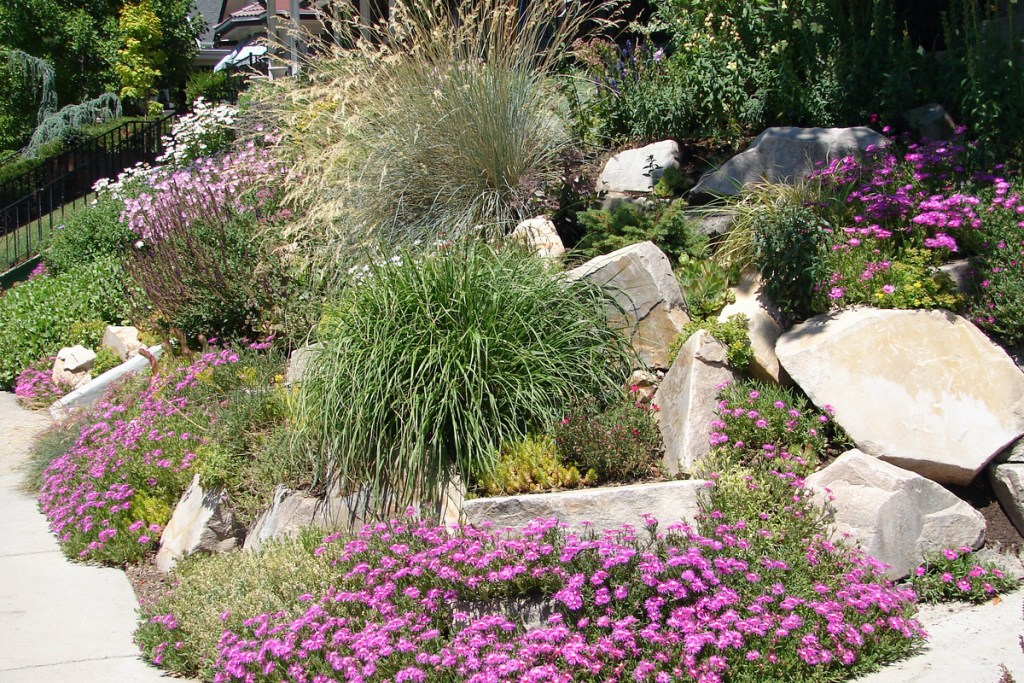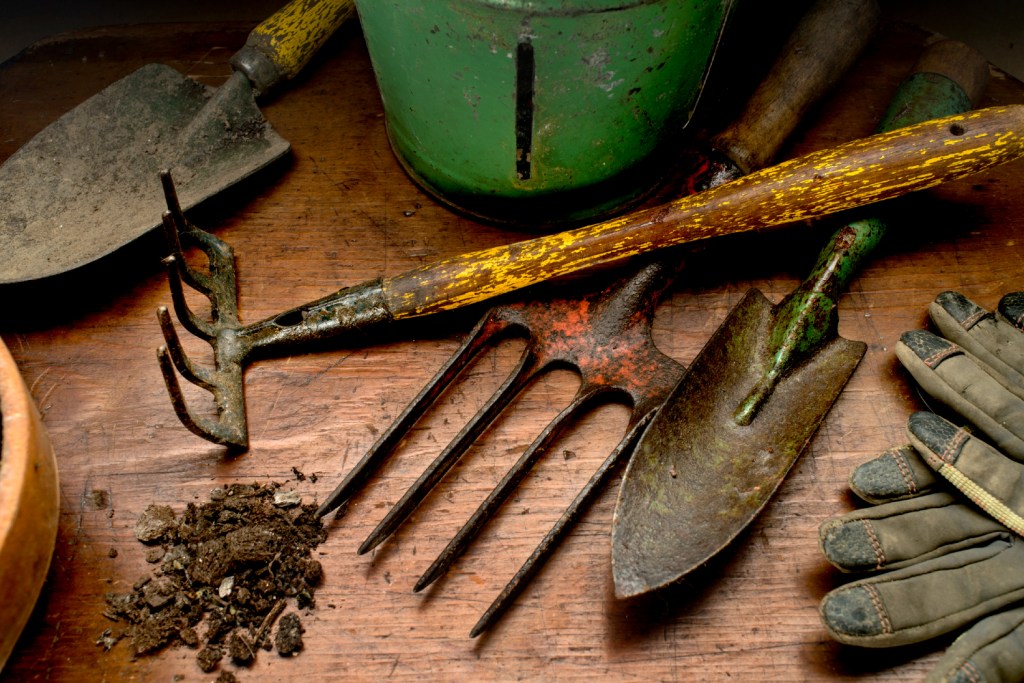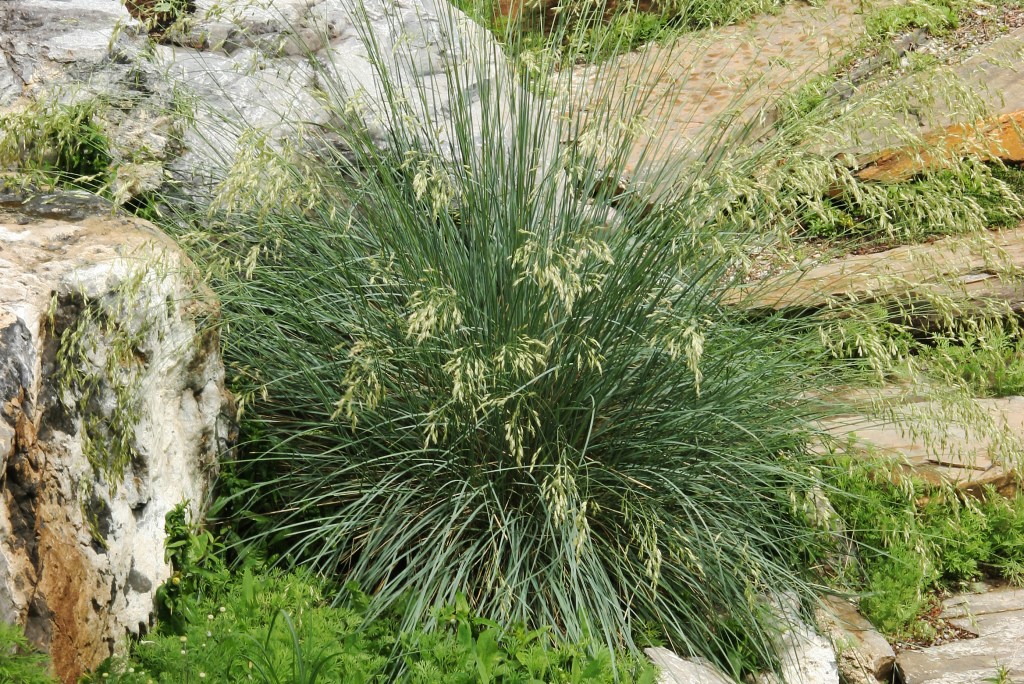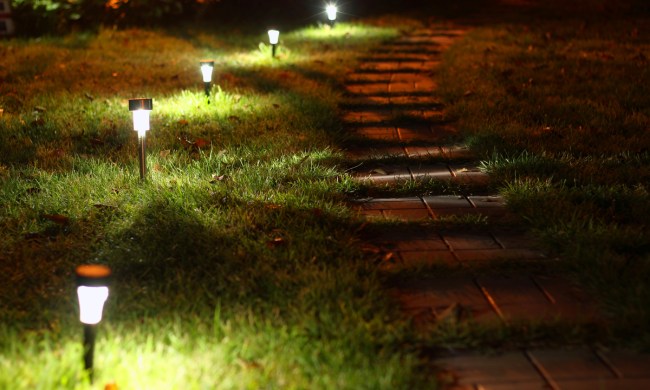If you’re looking for something to add to your front or backyard landscaping, look no further than blue oat grass. Ornamental blue oat grass is a perennial that offers gorgeous blue-green colors to any yard. It resembles blue fescue grass, but is just a bit larger (it grows about 18-30 inches tall). The blue and gold hues look stunning against green grass, river rock, and mulch, and the hardy grass is ideal for use in most areas because it grows in the sun, partial sun, and in various substrates like soil, clay, and sand.
Prices range depending on how you plan to plant the grass. If you buy, plan on spending around $15-$25 per plant, depending on the size. If you’re buying just the seeds, it can be as cheap as $4 for 100 seeds. Whether you’re looking to grow or plant blue oat grass, here are a few things to keep in mind so it stays looking healthy.

What is oat grass good for?
Not only does oat grass look pristine in your landscaping design, but you can cut it and use it to boost your health. Oat leaves, flowers, and stems are sources of beta carotene, calcium, vitamins C, K, and B, folic acid, and protein, and can be used in tea or blended in smoothies with your favorite fruits and vegetables. If you prefer to eat it, you can also grow oat grass in pots on your porch. Set the pots where they’ll get six hours of bright sunlight, and you should see your seeds start to grow within 10-14 days.
Is oat grass the same as oats?
According to the Cape Gazette, oat grass, also known as oat straw or cat grass, “is none other than the grain oatmeal (Avena sativa) grown not for its grain, but for its leaves and stems. When it is sold for cats, it is cat grass, and when it is sold for humans, it is often called oat straw or oat grass.” Because of this, it offers the same benefits as oats, including lowered cholesterol and blood sugar.

Is oat grass hard to care for?
On the contrary, oat grass is very easy to care for, making it a popular choice for landscapers and homeowners alike. Once planted, you only have to feed it once a year. You can cut back the stalks and tops at the end of the season. Because it doesn’t self-seed, it won’t take over your garden, which some flowering grasses will do. You will have to clean out dead growth as with any plant, but it is extremely easy to maintain. Because it’s a cool-season grass, it may not do as well in very hot, humid environments unless there is adequate shade available. In addition, you don’t have to water it; it will survive (once rooted) on rainfall alone.

Where can I plant oat grass?
Because it’s easy to maintain and care for, it can be planted in rows along your driveway, in a front rock bed, to accent your front porch, or surrounding a back patio. Ideally, the plants should be placed at least three feet apart to avoid overcrowding and tar spots. The blue hues add immediate interest to your garden and can complement other flowers, shrubs, and plants.
Not only is blue oat grass gorgeous outdoors, but it can also help keep you healthy if you decide to use it in your cooking. The versatility and low maintenance make it an ideal choice for planting. Keep in mind if you do use planters or pots to contain the grass, it may need more fertilizer and food than if it were getting this from the soil. A 10-10-10 mix is advised by experts as a good option for ornamental grass.
If you want blue oat grass to be in perfect condition all year round, ideally plant it in abundance if you live in a dry and cool climate with plenty of sun. If you do have periods of unexpected rain, make sure the soil around the grass is draining properly. Once you’ve got it planted, the hard work is done. All that’s left is to sit back, relax, and enjoy the beauty of this gorgeous grass in your yard.



